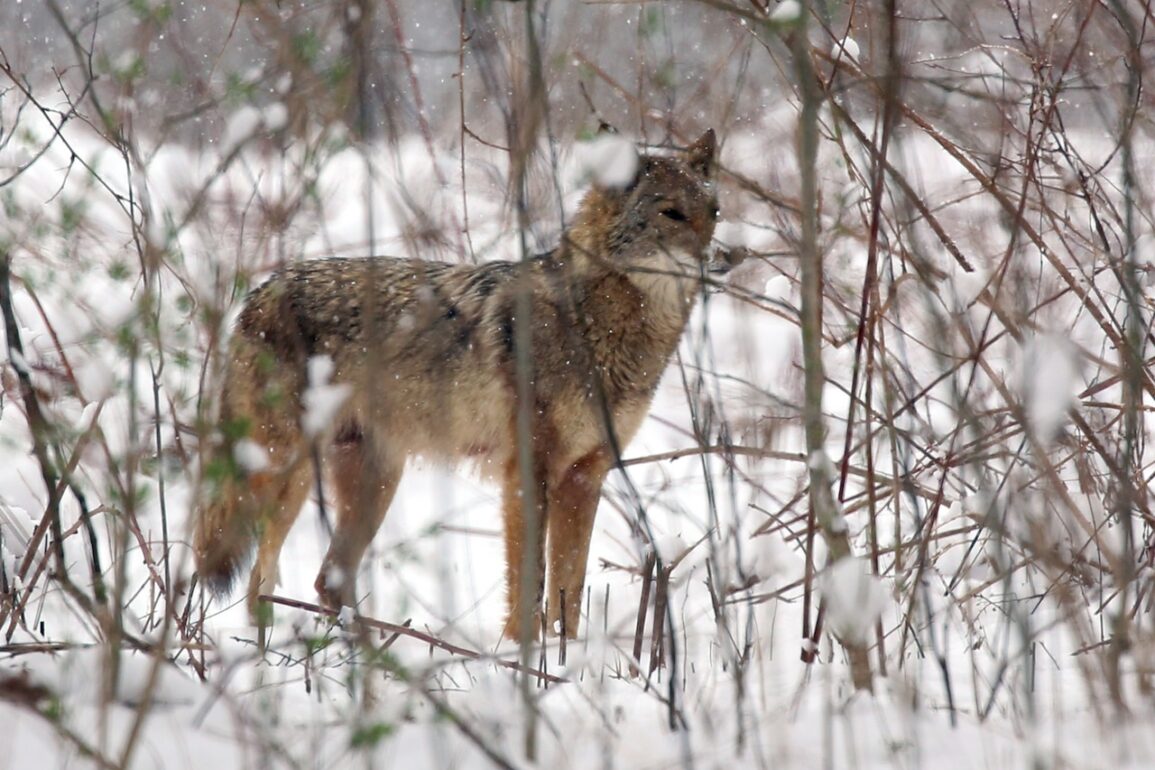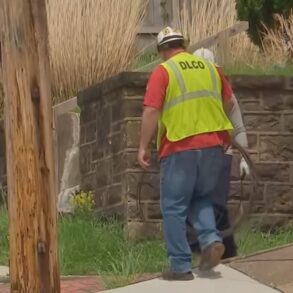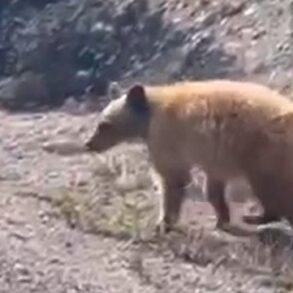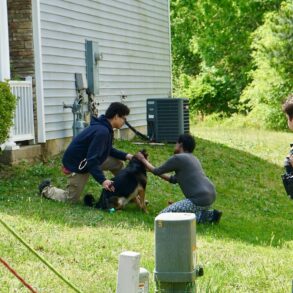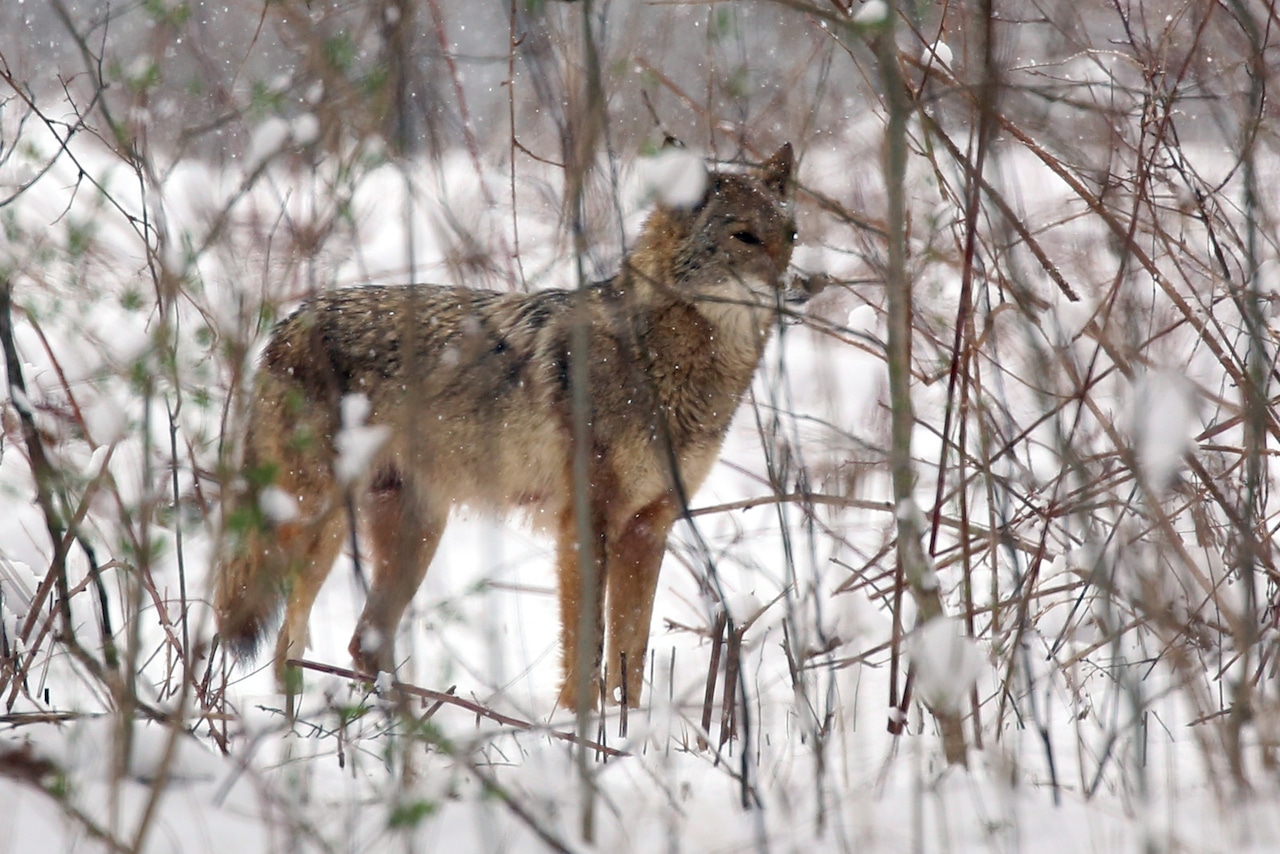
CLEVELAND, Ohio – Westlake police are advising residents to keep an eye on their pets after coyotes recently attacked small dogs.
In the last week, officers received two reports of the animals attacking dogs in backyards. In both cases, the owners weren’t with their pets, and neither yard was fenced in, Capt. Gerald Vogel told cleveland.com and The Plain Dealer.
In one of the cases, a resident saw a coyote attack the family’s dog, which did not survive. In another incident, a resident let three dogs out. The resident reported hearing a coyote, and only two dogs returned. Police believe the dog was likely carried off and killed by a coyote, Vogel said.
The animals are somewhat common in Westlake, as they are frequent visitors of the Cleveland Metroparks’ Bradley Woods Reservation in the city. But police aren’t necessarily seeing more than usual, Vogel said.
However, “It’s a big deal to those families who lost their dogs,” Vogel said.
Residents with small dogs should keep them within sight when they’re outside from evening until dawn. Dog owners that don’t have a fenced-in yard should keep dogs on a leash, the department said Wednesday in a social media post.
“Coyotes can get over fences, but you have a little more security if you have a fence,” Vogel said.
If people see a coyote nearby, they should try to scare them off by looking as big as possible and making loud noises, the department said. People should avoid turning their backs on coyotes and feeding them.
The animals are native to the American West, but moved eastward as settlers killed off predators and cleared land for agriculture, according to Ohio Department of Natural Resources.
Coyotes grow to between 20 and 50 pounds and resemble a medium-size dog or a small wolf with a bushy tail, the department’s website says. They are usually nocturnal animals, but they can be seen during the day sometimes.
Coyotes are omnivores that primarily eat small mammals, but they also consume fruits, deer, birds and more, according to the Ohio Coyote Research Project.
For years, the coyote population had been increasing in Ohio – by 1988 the animals were present statewide – but over the last 10 to 15 years the population has stabilized, according to state natural resources website.
Given the number of coyotes throughout the state, it’s relatively rare for them to cause problems. However, the species’ ability to adjust to its surroundings means the animals sometimes come into conflict with humans, said Will Babb, a state spokesman.
“They’re pretty abundant around Ohio,” Babb said. “They’re a super adaptable species.”
This post was originally published on this site be sure to check out more of their content.




